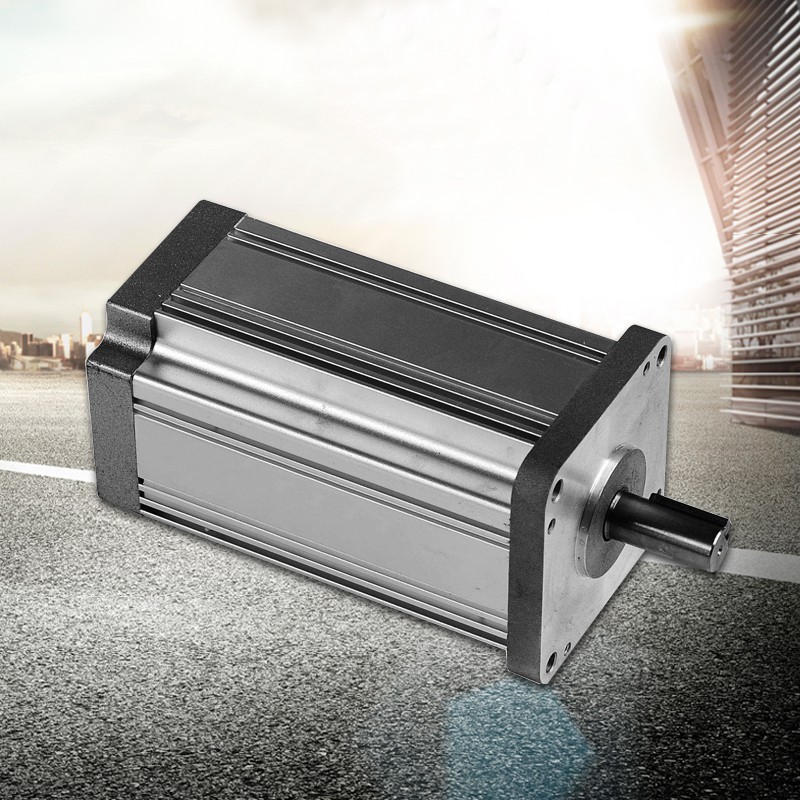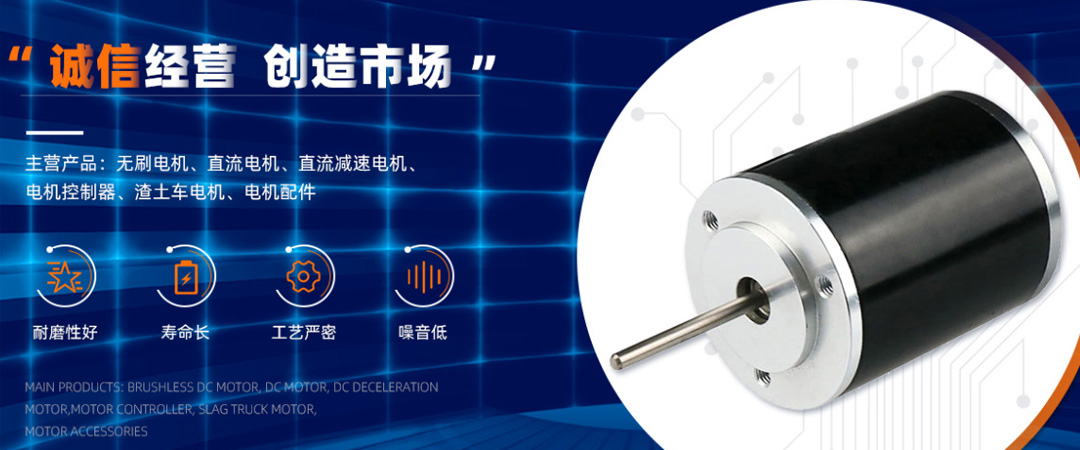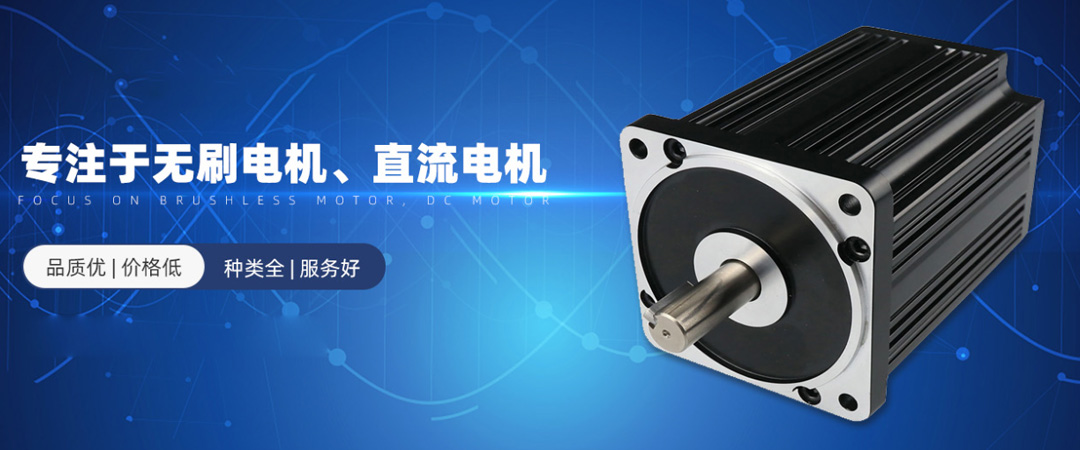What is the difference between a brushless motor inner winding machine and an outer winding machine?
One of the most important production processes for brushless motors is the stator winding, which is usually done by manual semi-automatic or fully automatic winding machines, and can also be connected to automated production lines using fully automatic winding machines. This not only greatly improves production efficiency, but also improves winding effects. Therefore, winding machines are favored by our customers.
The stator of a brushless motor is mainly divided into two types: inward slotted and outward slotted. The machines they use are generally different, and regardless of whether the slot is inward or outward, an inner winding machine can be used. For products with outward incisions, an external winding machine is usually used.
1. Brushless motor inner winding machine, mainly for the inner winding stator, often adopts needle winding method, which can be wound from top to bottom or from bottom to top. It is usually determined based on the customer's product requirements. The main working principle is that the wire nozzle carries the enameled wire, moves up and down to wrap it, and moves backward for each turn to wrap the next round. During the winding process, the mold continuously rotates, so as to wrap the enameled wire in every groove, achieving precise wire arrangement. Commonly used in household appliance motors, medical equipment motors, industrial fans, water pump motors, new energy vehicles, rotary transformers, sensors, servo motors, stepper motors, vacuum cleaner motors, electric tool motors and other stator cores.
2. Brushless motor with external winding, mainly used for the external winding of the stator, often using the method of flying fork winding. The main working principle is to align the mold head with the slot of the stator and slowly insert it, then the flying fork rotates at high speed, and the nozzle rotates with the enameled wire. At the same time as winding, the mold head is elastic, and when it exits, the wire will be neatly wound one circle and one layer. If there are multiple layers, continue repeating the action. After winding one slot, the mold is rotated (usually for magnetic pole pairing, there is a strict sequential relationship for winding), and then the next slot is wound until it is finished. Commonly used for winding iron cores and stators in motors such as model aircraft, fascia guns, balance cars, and cooling fans.
What is the difference between the inner winding machine and the outer winding machine of a brushless motor? The editor explains that different slots require different machines to be used. In fact, they are all for the same purpose, to wrap the wire in, wrap it neatly, pass inspection, and improve production efficiency.
The stator of a brushless motor is mainly divided into two types: inward slotted and outward slotted. The machines they use are generally different, and regardless of whether the slot is inward or outward, an inner winding machine can be used. For products with outward incisions, an external winding machine is usually used.
1. Brushless motor inner winding machine, mainly for the inner winding stator, often adopts needle winding method, which can be wound from top to bottom or from bottom to top. It is usually determined based on the customer's product requirements. The main working principle is that the wire nozzle carries the enameled wire, moves up and down to wrap it, and moves backward for each turn to wrap the next round. During the winding process, the mold continuously rotates, so as to wrap the enameled wire in every groove, achieving precise wire arrangement. Commonly used in household appliance motors, medical equipment motors, industrial fans, water pump motors, new energy vehicles, rotary transformers, sensors, servo motors, stepper motors, vacuum cleaner motors, electric tool motors and other stator cores.
2. Brushless motor with external winding, mainly used for the external winding of the stator, often using the method of flying fork winding. The main working principle is to align the mold head with the slot of the stator and slowly insert it, then the flying fork rotates at high speed, and the nozzle rotates with the enameled wire. At the same time as winding, the mold head is elastic, and when it exits, the wire will be neatly wound one circle and one layer. If there are multiple layers, continue repeating the action. After winding one slot, the mold is rotated (usually for magnetic pole pairing, there is a strict sequential relationship for winding), and then the next slot is wound until it is finished. Commonly used for winding iron cores and stators in motors such as model aircraft, fascia guns, balance cars, and cooling fans.
What is the difference between the inner winding machine and the outer winding machine of a brushless motor? The editor explains that different slots require different machines to be used. In fact, they are all for the same purpose, to wrap the wire in, wrap it neatly, pass inspection, and improve production efficiency.




